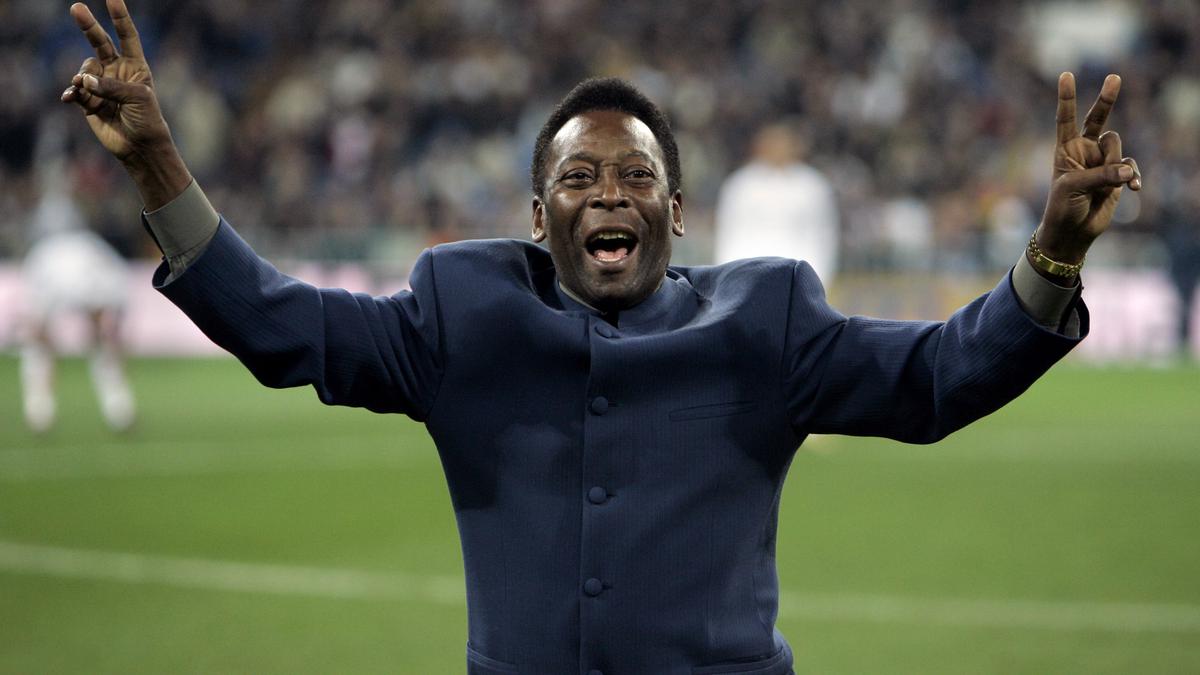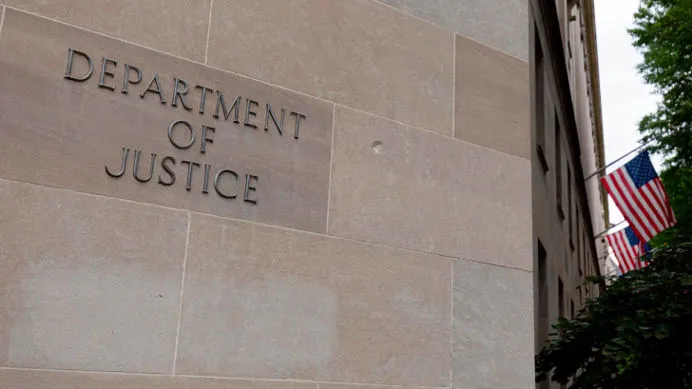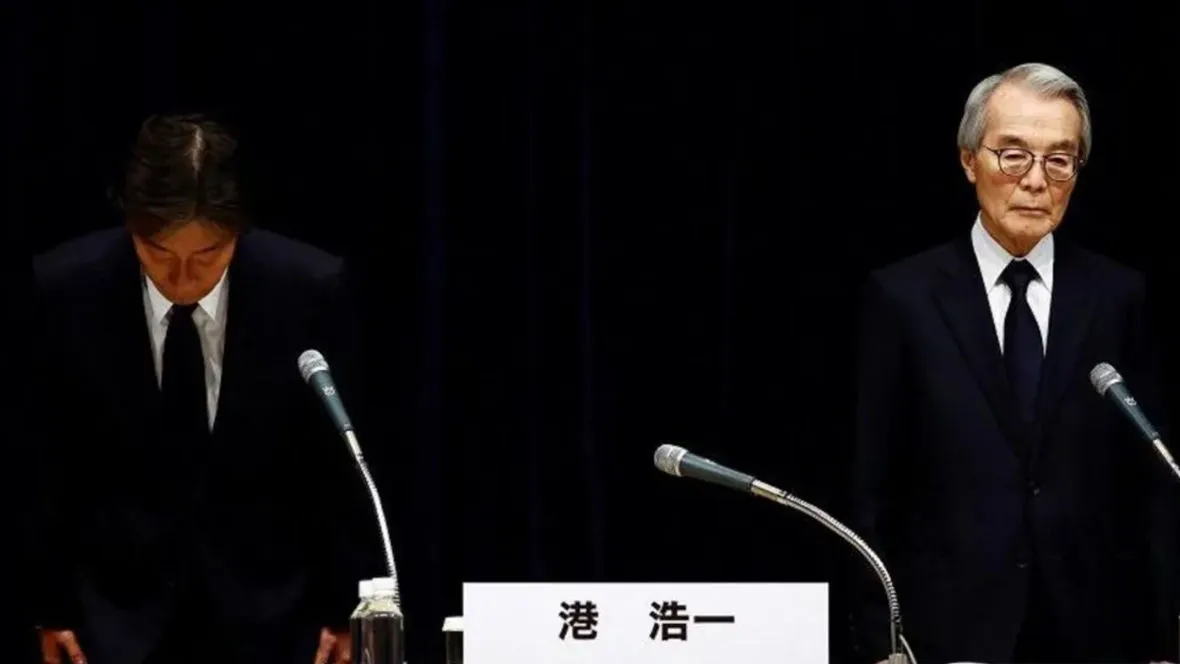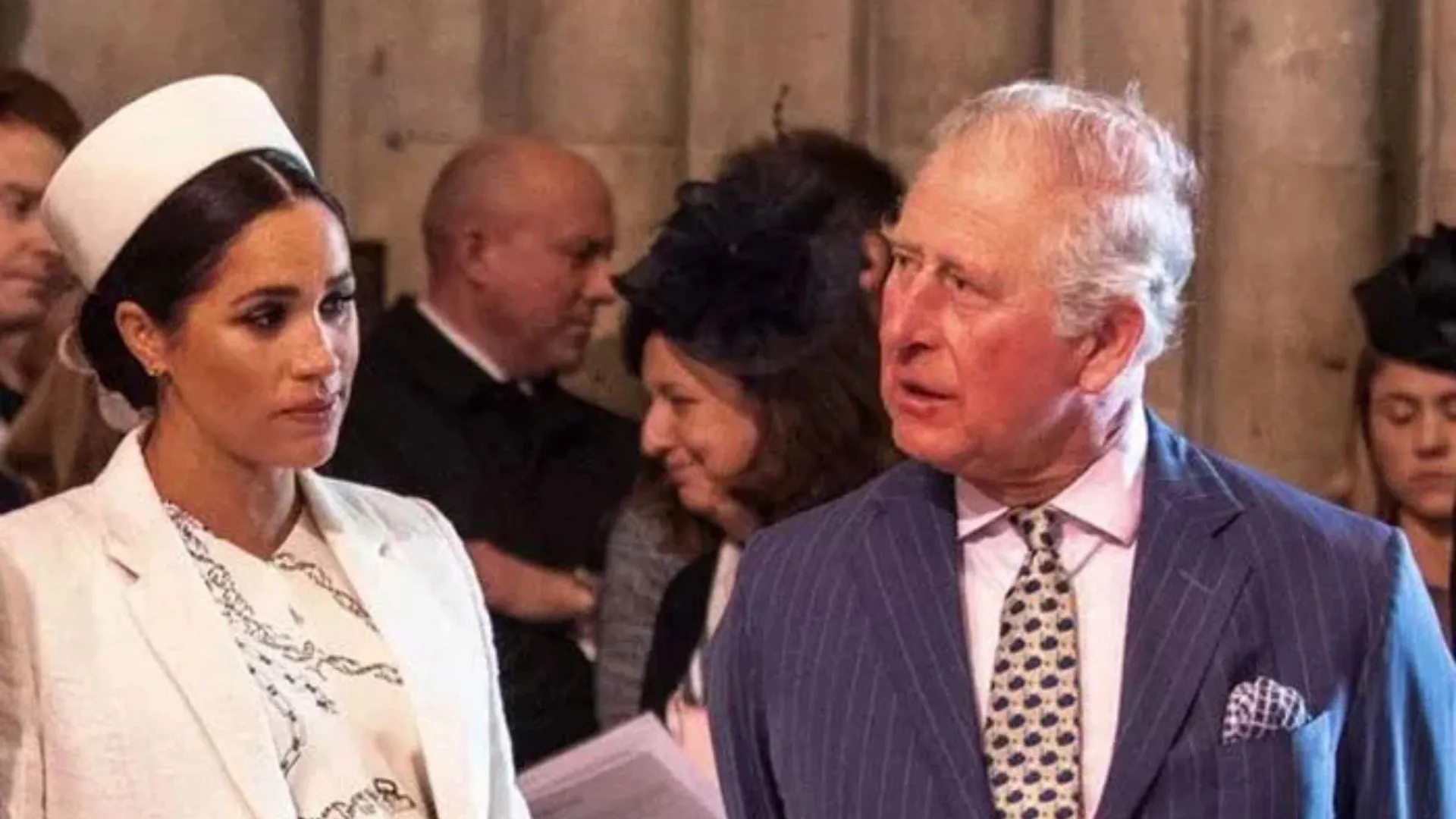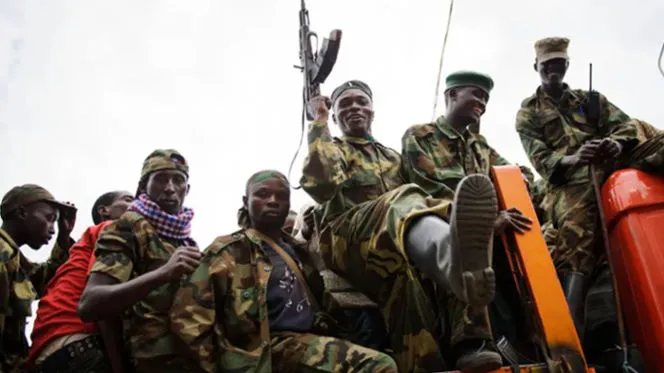Pele, the most well-known football player on the planet, the first superstar in the game, and the first player to win three World Cups, passed away on Thursday at the age of 82.
51 years have passed since Pele last kicked a ball for Brazil (July 18, 1971). Since his final club game at the Giants’ stadium in New York, which was attended by 75,646 people and featured Robert Redford, Mick Jagger, Henry Kissinger, and Muhammad Ali, it has been almost 50 years. That indicates that his indisputable abilities — “Pele was everything. Everything you could imagine,” remarked Mario Zagallo, who was his teammate in the 1958 World Cup and served as the campaign’s coach a decade later. For the majority of people, this is not a reality.
He is a sporting figure from the 20th century, just like Ali, who captured our attention. According to former Brazil coach Tite, the chance to see him caused his heart to beat more quickly during the 2022 World Cup. Send him positive energy no matter what your religion, advised Tite’s assistant and 1998 World Cup runner-up Cesar Sampaio. Brazil supporters and their team demonstrated in Doha that Pele was on their minds with tifos and enormous posters. Deep in the grips of a pandemic, a proposal to rename Rio’s Maracana after Pele surfaced in 2021. Pele already has a stadium named after him in Brazil.
Therefore, it wasn’t odd for Pele to play a similar role in product promotion during the 2014 World Cup in Brazil as Neymar and Oscar.
Fernando Henrique Cardoso, a former president of Brazil, claimed in a Netflix documentary that Pele’s ascent to stardom was related to the creation of Brazil as a modern nation. Pele was chosen as the most well-known person in the world in 1970.
He was named “Citizen of the World” by the United Nations seven years later. To see him, Chinese soldiers travelled to Hong Kong, which was then a British colony. Although Pele’s assertion that the Biafran War had been put on hold when Santos, his team from 1956 to 1974, visited, has been challenged, the fact that a football player could believe that had occurred is evidence—rather than Pele being insane—of the delirium he caused, which Brazil and Santos milked. Pele arrived in India in 1977 to play Mohun Bagan at Eden Gardens thanks to New York Cosmos doing the same thing (his first game for them was broadcast to 200 nations).
Jorge Valdano, the World Cup champion for Argentina, once claimed that everyone suffers from poverty, except for players. Pele was born to Dona Celeste and Joao Ramos do Nascimento, often known as Dondinho, a football player whose career was cut short by injuries, in a two-room home in Tres Coracoes, Minas Gerais. That led Dona Celeste, as Pele describes in his autobiography “My Life And The Beautiful Game,” to compare football to bank robbery.
Pele demonstrated all of that with five goals in the 1958 championships’ knockout stages. Santos began paying him close to $100,000 annually in 1959. Injury cut short his 1962 World Cup, just as it did in 1966 when he was brutalised by Jose Morais of Portugal. Prior to the 1970 World Cup, Pele had decided against participating again, but he later changed his mind.
Pele retired from professional football in 1977, but brands, including one promising to treat erectile dysfunction, continued to be interested in him. He went from having little formal education to becoming multilingual. He also worked for UNICEF, and a Brazilian statute bears his name.
“I was no longer Pele. I was Edson Arantes do Nascimento,” Pele said after his last game. That remark did not hold up over time. It was, is, and always will be the most well-known four-letter proper noun in football.


